Premium Only Content
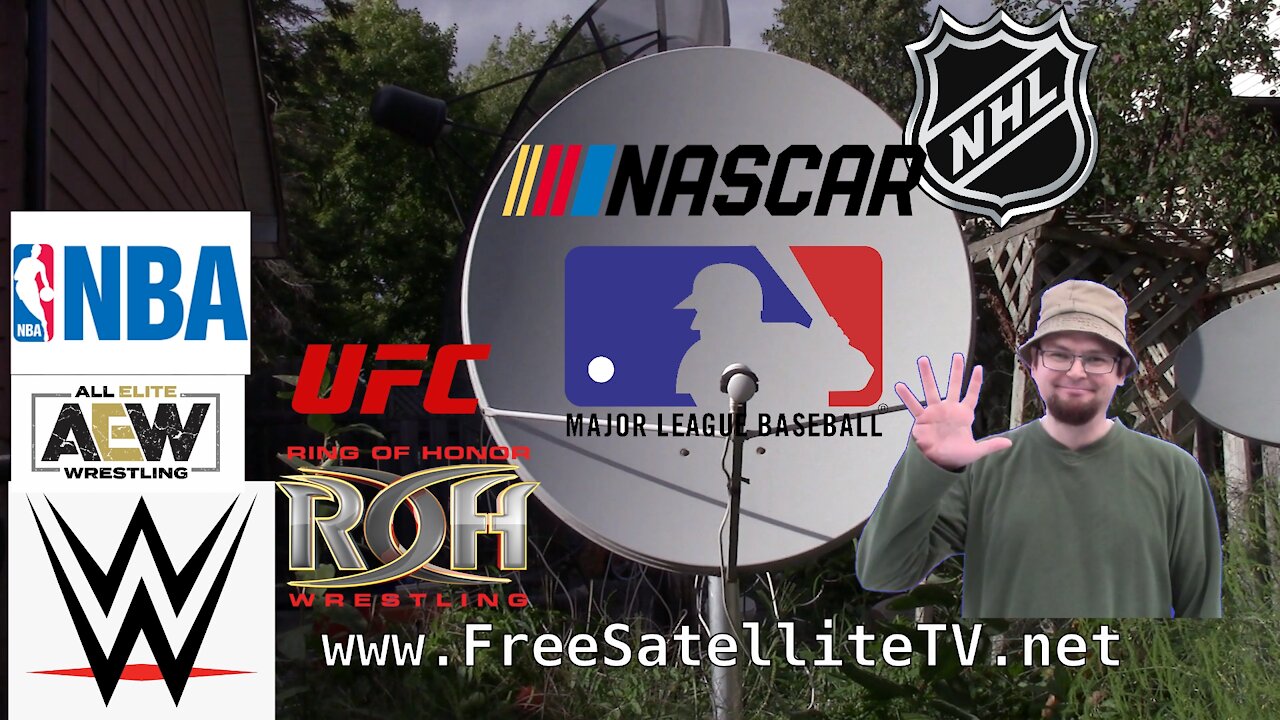
Free Satellite TV Sports and Wrestling Feeds on Free To Air - How to Find! #FreeSatelliteTV
THE HAPPY SATELLITE NERD EPISODE 88
Wildfeed refers to an unannounced transmission of a television program via C band or Ku band satellite. These programs include sporting events, news, and syndicated shows and are often unedited.
They exist to allow network television stations to send content to smaller local stations.[citation needed] The shows contain no commercials, just a small gap of blank video to allow the local station to insert their own. The exception for this is for "barter" syndicated programming, where only the commercials required to be shown are included, with black space provided to mark local commercial time.
Some universities, colleges and larger schools have the equipment available to receive these signals, as do a few individuals.[citation needed] Some people record the preaired show onto their computers and upload it to the internet to allow people around the world early access. However, this is a copyright violation. Apparently[citation needed] due to this many networks have switched to a digital feed which requires more expensive equipment and can also be encrypted if needed. This has reduced the availability of preair episodes appearing on the internet.
In the context of broadcasting, backhaul refers to uncut program content that is transmitted point-to-point to an individual television station or radio station, broadcast network or other receiving entity where it will be integrated into a finished TV show or radio show. The term is independent of the medium being used to send the backhaul, but communications satellite transmission is very common. When the medium is satellite, it is called a wildfeed.
Backhauls are also referred to sometimes as "clean feeds", being "clean" in the sense that they lack any of the post-production elements that are added later to the feed's content (i.e. on-screen graphics, voice-overs, bumpers, etc.) during the integration of the backhaul feed into a finished show. In live sports production, a backhaul is used to obtain live game footage (usually for later repackaging in highlights shows) when an off-air source is not readily available. In this instance the feed that is being obtained contains all elements except for TV commercials or radio ads run by the host network's master control. This is particularly useful for obtaining live coverage of post-game press conferences or extended game highlights ("melts"), since the backhaul may stay up to feed these events after the network has concluded their broadcast.
Electronic news gathering, including "live via satellite" interviews, reporters' live shots, and sporting events are all examples of radio or television content that is backhauled to a station or network before being made available to the public through that station or network. Cable TV channels, particularly public, educational, and government access (PEG) along with (local origination) channels, may also backhauled to cable headends before making their way to the subscriber. Finished network feeds are not considered backhauls, even if local insertion is used to modify the content prior to final transmission.
There exists a dedicated group of enthusiasts who use TVRO (TV receive-only) gear such as big ugly dishes or "BUDs" to peek in on backhaul signals that are available on any of the dozens of broadcast satellites that are visible from almost any point on Earth. In its early days, their hobby was strengthened by the fact that most backhaul was analog and "in the clear" (unscrambled or unencrypted) which made for a vast smorgasbord of free television available for the technically inclined amateur. In recent years, full-time content and cable channels have added encryption and conditional access, and occasional signals are steadily becoming digital, which has had a deleterious effect on the hobby.
Some digital signals remain freely accessible (sometimes using Ku band dishes as small as one meter) under the international DVB-S standard or the US Motorola-proprietary Digicipher system. The small dishes may either be fixed (much like DBS antennas), positioned using a rotor (usually DiSEqC-standard) or may be toroidal in design (twin toroidal reflectors focus the incoming signal as a line, not a point, so that multiple LNBs may receive signal from multiple satellites). A "blind-search" receiver is often used to try every possible combination of frequency and bitrate to search for backhaul signals on individual communication satellites.
#FreeSatelliteTV #FTA #FreeToAir #SatelliteTV #FreeTV #TVRO
(c) Robbie Strike 2019 http://www.RobbieStrike.com
-
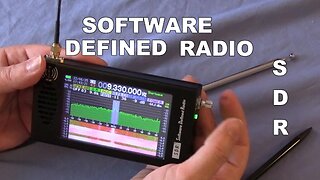 22:58
22:58
Robbie Strike Channel, Not Account
4 months ago $0.01 earnedTune In NOW to Unlock the SECRET of Software Defined Radio SDR!
641 -
 13:34
13:34
Robbie Strike Channel, Not Account
4 years agoFree To Air Satellite Starter Dish #FreeSatelliteTV #FTASatellite #SatelliteChannels
3531 -
 0:36
0:36
KTNV
4 years agoCirca Sports satellite sportsbook opens
9 -
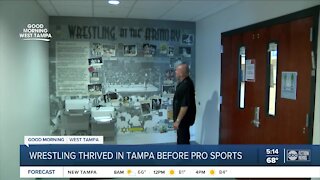 2:43
2:43
WFTS
4 years agoWrestling thrived in Tampa before pro sports
6 -
 7:41
7:41
Dr. Venture
4 years ago $0.67 earnedFREE Live Sports - Tea Sports - How to Install | Apps
1.26K4 -
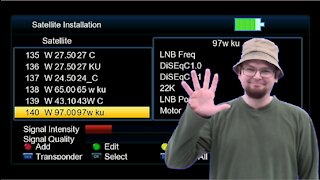 10:00
10:00
Robbie Strike Channel, Not Account
4 years ago $0.01 earnedHow To Add A Satellite, And A Transponder - Free Satellite TV Free To Air
49 -
 7:43
7:43
Dr. Venture
4 years ago $0.20 earnedFree Live Sports - Sportsbay - Website
1.5K1 -
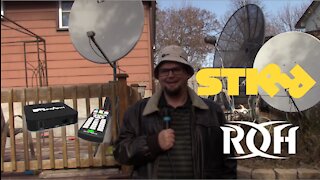 7:05
7:05
RobbieStrike
4 years agoRing Of Honor Wrestling On Satellite, Over the air And Stirr
23 -
 35:11
35:11
Robbie Strike Channel, Not Account
4 years ago $0.01 earnedFree To Air Satellite TV Channels on KU Band FTA
357 -
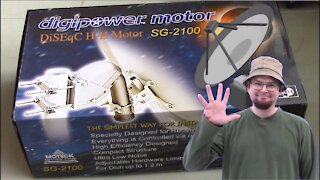 30:16
30:16
Robbie Strike Channel, Not Account
4 years ago $0.02 earnedSatellite Dish Motor - How to set up a Free Satellite TV Dish!
300